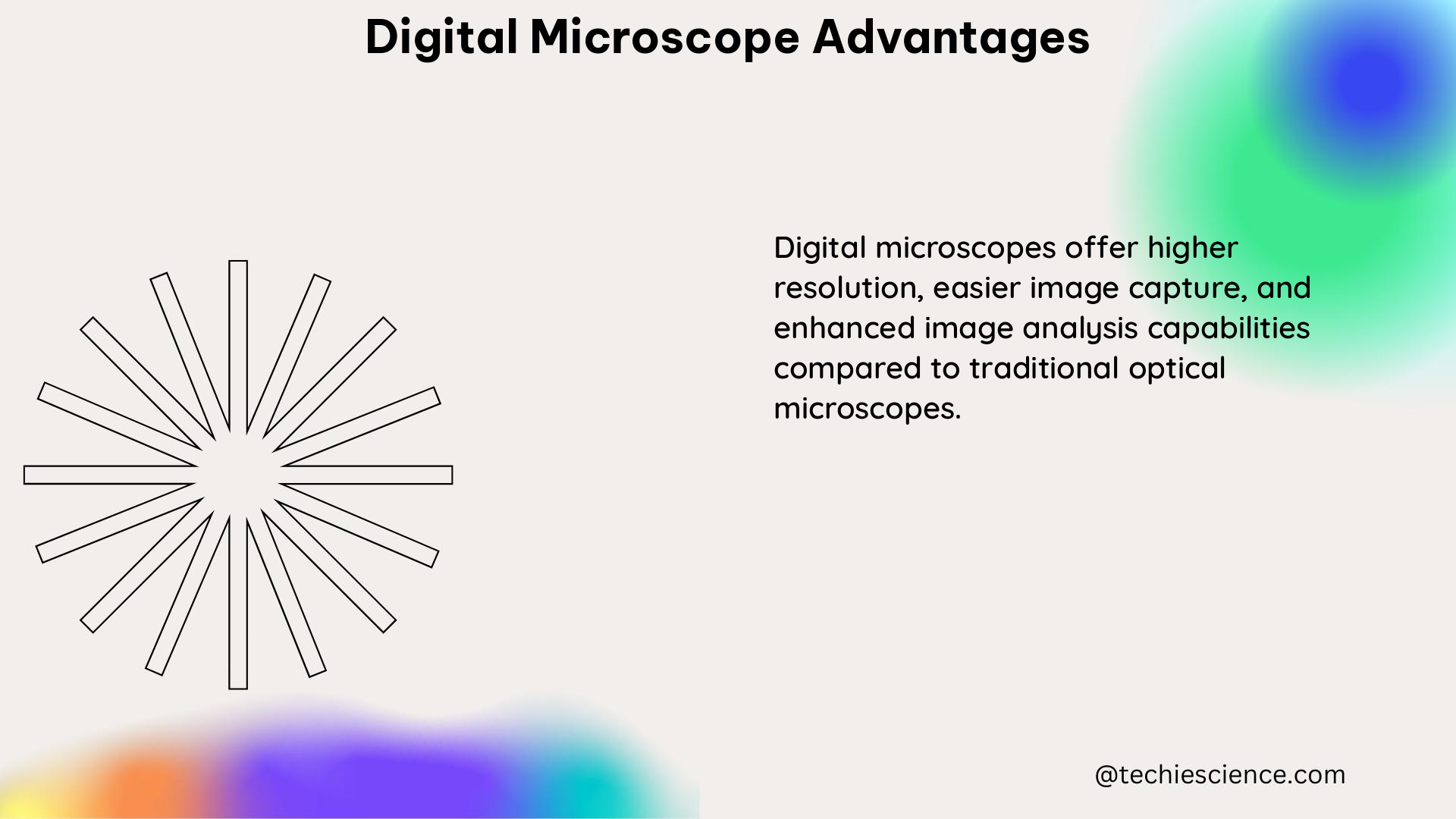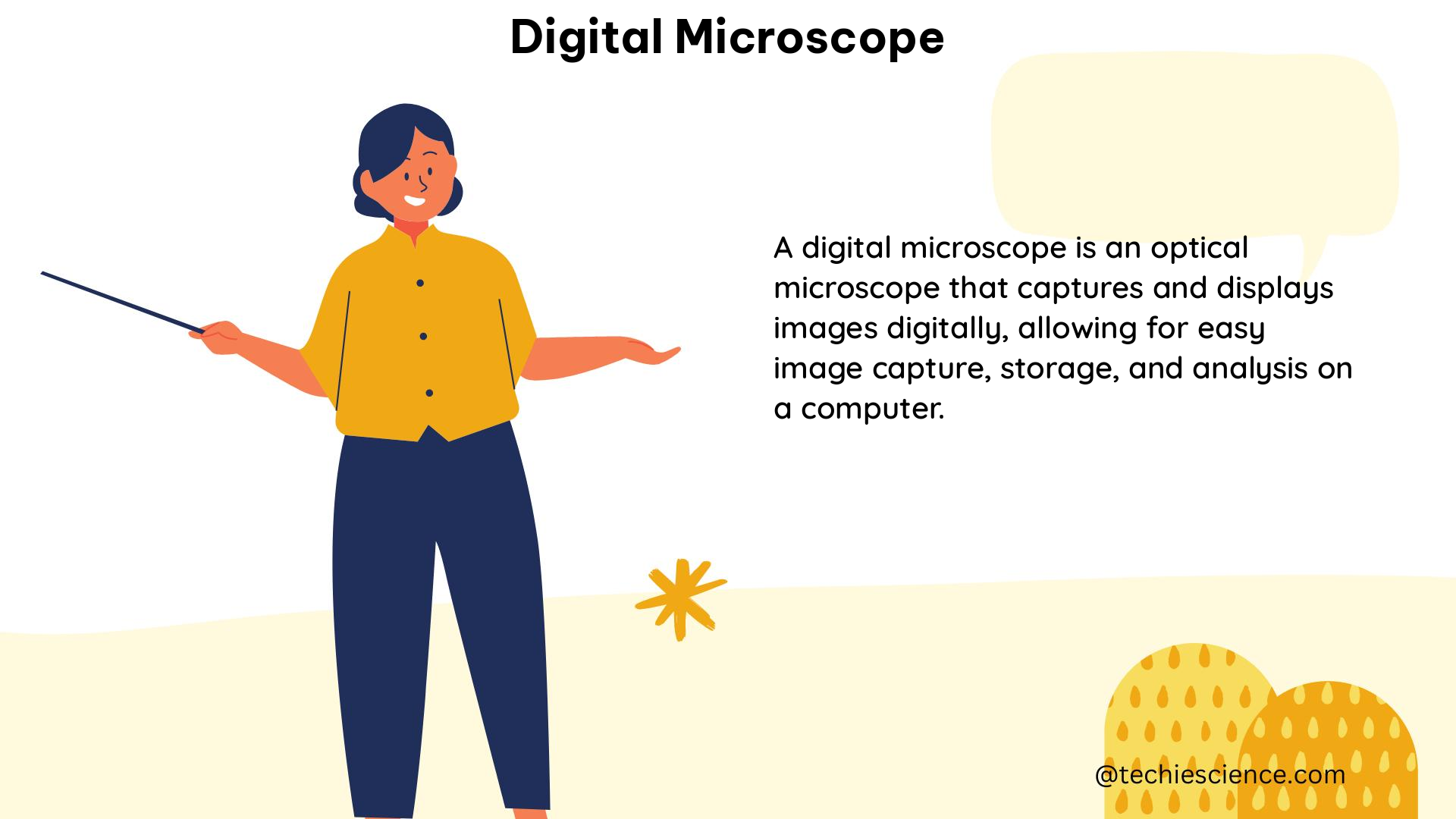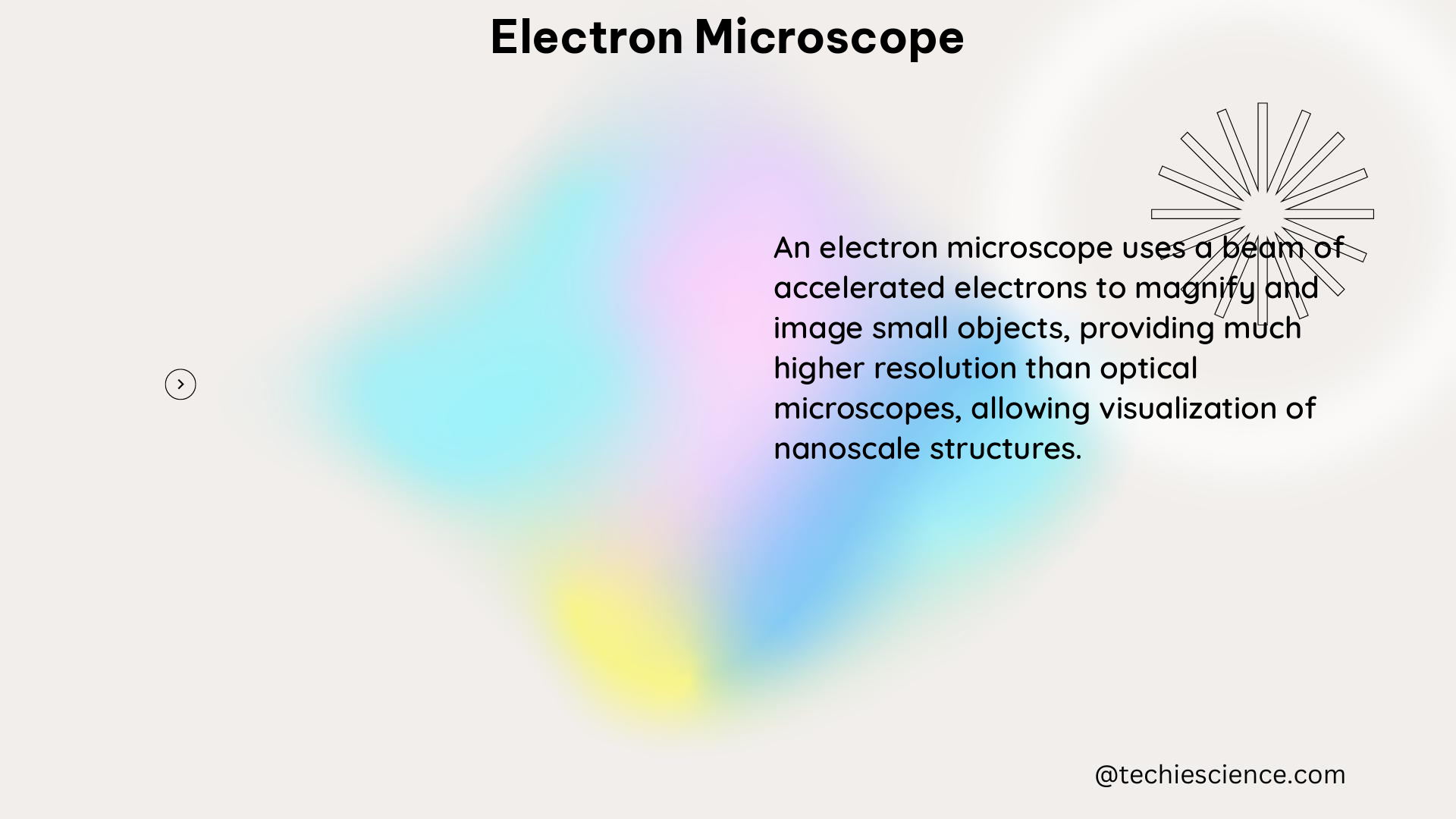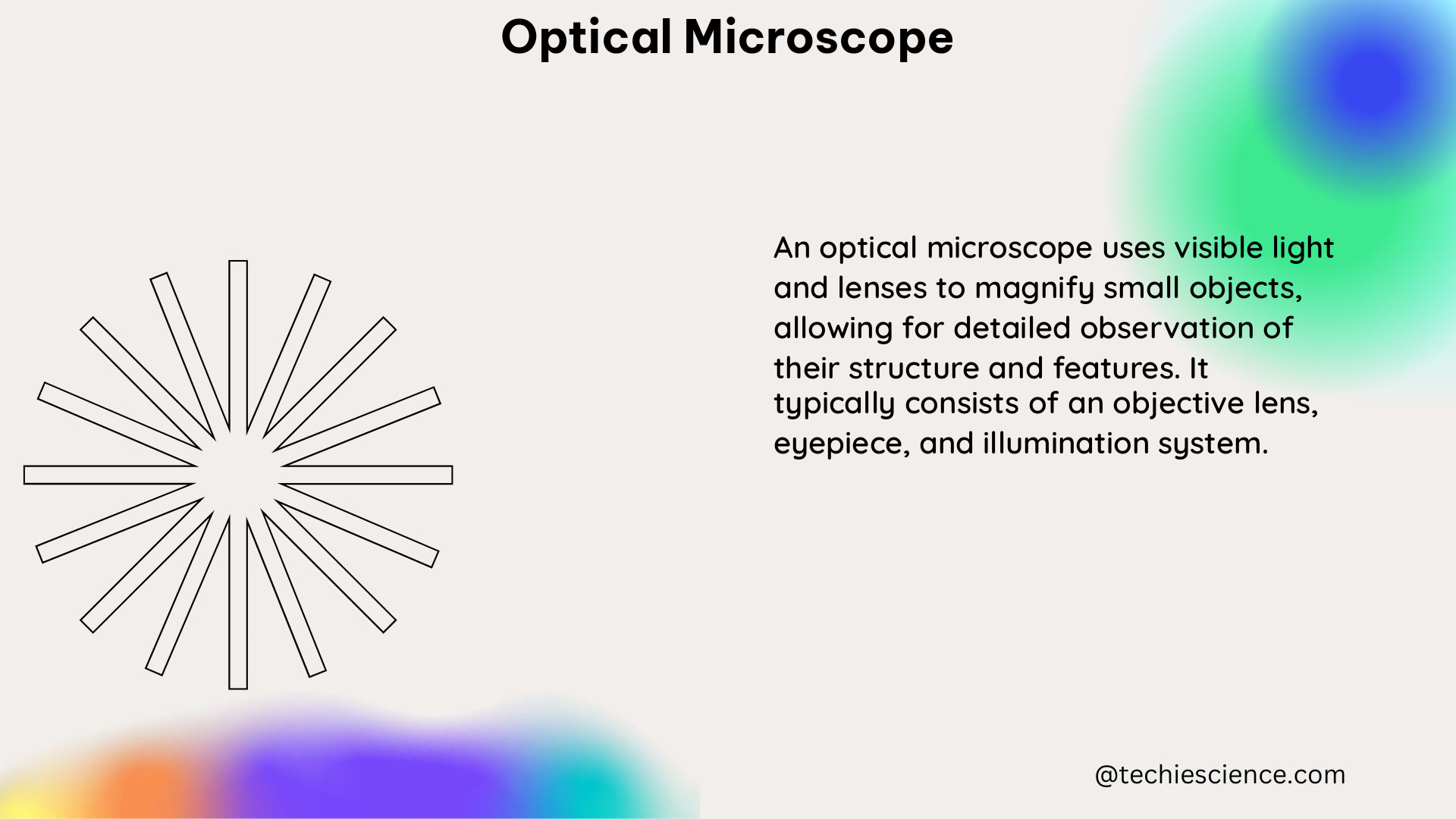The Olympus IX83 inverted microscope is a state-of-the-art instrument that offers a wide range of advanced features and capabilities for various imaging and research applications. This comprehensive guide will delve into the technical specifications, performance characteristics, and practical considerations of this versatile microscope system.
Observation Methods
The IX83 inverted microscope supports a diverse array of observation techniques, allowing researchers to choose the most appropriate method for their specific needs:
-
Fluorescence Imaging: The IX83 can be equipped with blue/green excitation and ultraviolet excitation capabilities, enabling the visualization of fluorescently labeled samples. This is particularly useful for studying cellular processes, protein localization, and molecular interactions.
-
Differential Interference Contrast (DIC): The IX83 offers DIC observation, which provides high-contrast, three-dimensional-like images of transparent specimens, such as living cells. This technique is valuable for studying the morphology and dynamics of cellular structures.
-
Phase Contrast: The IX83 can be configured with phase contrast optics, which enhance the visibility of transparent, unstained samples by converting phase shifts into amplitude differences. This method is widely used for observing live cells and other delicate biological specimens.
-
Brightfield Imaging: The IX83 supports traditional brightfield observation, allowing for the visualization of stained or unstained samples with high contrast and resolution.
Motorized Focus and Z Drift Compensation
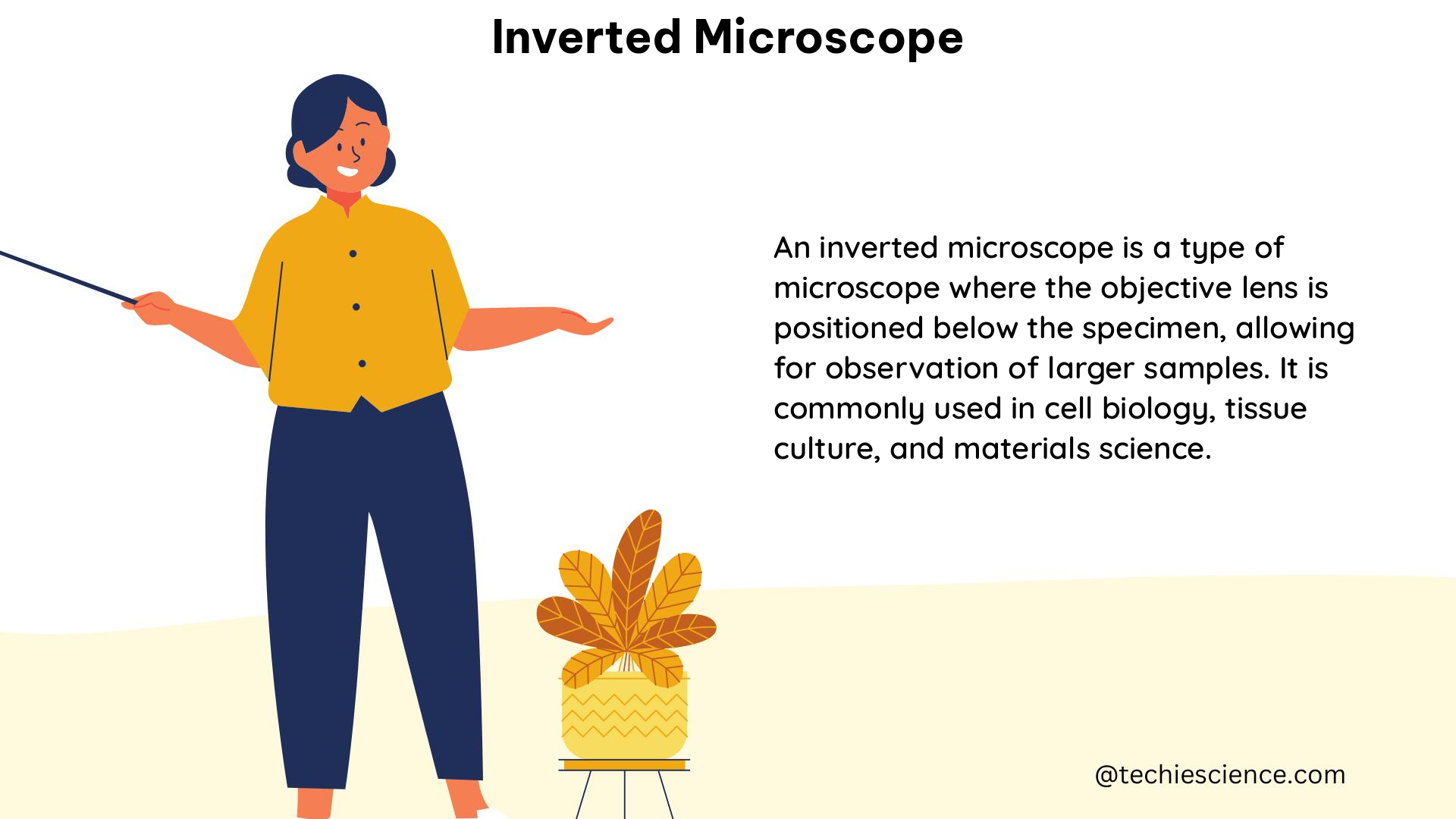
The IX83 inverted microscope features motorized focus capabilities, providing precise and reproducible control over the focal plane. This is particularly important for techniques that require accurate focus maintenance, such as time-lapse imaging and z-stack acquisitions.
Furthermore, the IX83 is equipped with a Z drift compensator, which helps to maintain the focus over extended periods of time. This feature is crucial for long-term live-cell experiments, where sample drift can be a significant challenge.
Observation Tubes and Imaging Flexibility
The IX83 offers both widefield (FN 22) tilting binocular and trinocular observation tubes, providing researchers with the flexibility to choose the most suitable configuration for their imaging needs. The tilting binocular tube allows for comfortable and ergonomic observation, while the trinocular tube enables the integration of additional imaging devices, such as cameras or spectrometers.
Motorized and Manual Stage Options
The IX83 can be configured with either a motorized or manual stage, depending on the specific requirements of the research project. The motorized stage offers precise control over sample positioning, enabling automated and reproducible experiments. Conversely, the manual stage provides a more cost-effective solution for applications that do not require advanced stage automation.
Condenser Options
The IX83 inverted microscope offers a range of condenser options to accommodate different imaging techniques and sample types:
-
Motorized Universal Condenser: This condenser provides automated control over the numerical aperture (NA) and field diaphragm, optimizing the illumination for various observation methods.
-
Manual Universal Condenser: For more cost-sensitive applications, the IX83 can be equipped with a manual universal condenser, allowing for manual adjustment of the NA and field diaphragm.
-
Manual Ultra-Long Working Distance Condenser: This specialized condenser is designed for use with large or bulky samples, providing a long working distance to accommodate the sample height.
Dimensions and Weight
The IX83 inverted microscope has a compact footprint, with dimensions of 323 (W) x 475 (D) x 686 (H) mm and a weight of 47 kg (1 Deck Standard Configuration). This makes it suitable for a wide range of laboratory settings, from small benchtop spaces to larger research facilities.
Modular and Expandable Design
One of the key features of the IX83 is its modular and expandable design, which allows it to be customized to meet the specific needs of various research applications. The two-deck system configuration, for example, enables high-speed, fully automated device selection during live-cell research and advanced image acquisition. Conversely, the one-deck system offers a large field number and TruFocus compatibility for live-cell imaging.
Optical Performance Considerations
When considering a DIY inverted microscope project, it is essential to carefully evaluate the optical performance of the system. Some key factors to consider include:
-
Objective Lenses: The quality and characteristics of the objective lenses, such as numerical aperture, magnification, and aberration correction, will significantly impact the overall image quality and resolution.
-
Stage and Focus Mechanisms: The stability and precision of the stage and focus mechanisms are crucial for maintaining focus, reducing drift, and ensuring reproducible results.
-
Illumination System: The design and quality of the illumination system, including the light source, condenser, and filters, can affect the contrast, brightness, and uniformity of the observed samples.
-
Optical Alignment: Proper alignment of the various optical components, such as the objective, condenser, and observation tubes, is essential for achieving optimal performance and image quality.
By carefully considering these factors and following best practices for microscope design and construction, it is possible to build a high-quality DIY inverted microscope that can meet the demands of various research applications.
